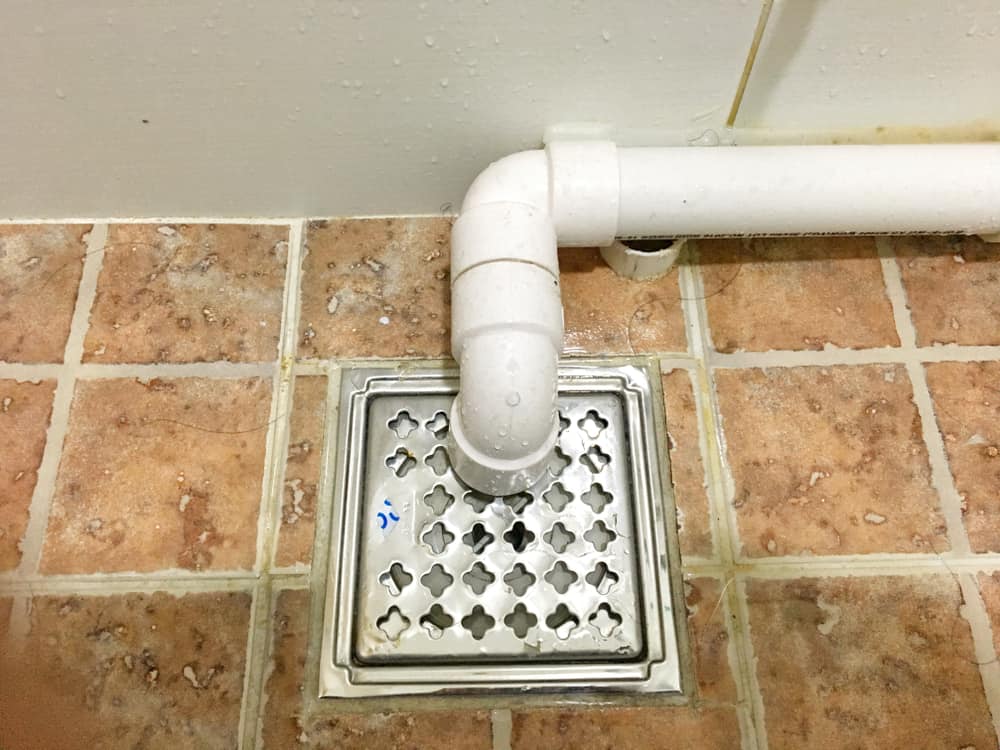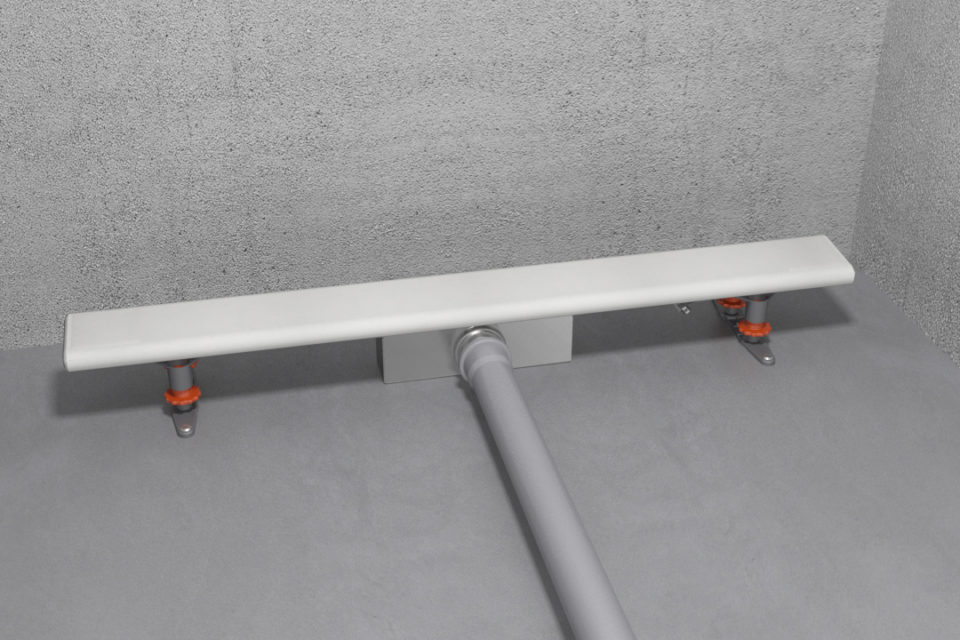Taking On-Handling-Managing Your DIY-Do-It-Yourself-Self-Installed Shower Drain-Bathroom Drain-Drainage System Installation-Setup-Project
Taking On-Handling-Managing Your DIY-Do-It-Yourself-Self-Installed Shower Drain-Bathroom Drain-Drainage System Installation-Setup-Project
Blog Article
Nearly everybody has their own individual piece of advice on the subject of How to Install a Shower Drain in a Basement.

Upgrading a washroom is just one of the extra preferred home enhancement jobs. Dealing with the plumbing for draining your shower can be extremely simple unless you overdo.
Managing Your Own Shower Drainpipe Setup Job
You can physically develop a collection agency for your new shower, however you really require to think of it. Do you truly wish to enter the issues of getting the sloping appropriate, and also making certain every element of it is water resistant? And I mean every facet! It is a lot easier to just buy a pre-cast collection agency online or at your neighborhood Lowes, Residence Depot or hardware store. Structure one could seem like an excellent concept, however you will probably really feel in a different way after a couple of hours.
No matter exactly how you deal with obtaining a pan, you need to strive to use one that has the drainpipe situated in the exact same spot as the initial frying pan. Moving the drainpipe pipelines can be a task, specifically if the home builder utilized a distinct framing framework. If you are identified to relocate the drain, you are mosting likely to have to reduce the pipe or extend it, which may mean destroying large portions of the floor. Rephrase, you are mosting likely to be taking a look at a numerous weekend task.
Presuming we have our drainpipe lined up, the actual hook up is rather easy. The water drainage pipe need to be facing upright up to the enthusiast. It will certainly often appear like a "U", which means it functions as a cleanout to keep nasty scents from coming back up from the drainpipe. To connect the drainpipe, you are mosting likely to create a water limited link between a drain cap on the top of the frying pan as well as the water drainage pipe. Solutions differ, but you are usually going to do this by placing a combining piece on the top of the drain pipeline. This is then covered with gaskets as well as actually screwed right into the drainpipe cap. The drain cap need to act as a locknut, to wit, it screws directly onto the coupling.
The difficult part of this procedure is getting your drain cap to suit a leak-proof placement in the frying pan. This is accomplished by backing off the drain cap when you make certain every little thing fits together. At that point, you put plumbers putty around the underside of the cap and then screw it back on. The putty ought to develop a limited seal in between the cap and also the shower frying pan, which maintains water from flowing under it and also right into the mounting under the shower.
Clearly, bathroom showers come in a wide range of designs nowadays. If you buy a collection agency, they usually included plumbing directions or the store can note anything unusual you ought to know. It sounds complex, but is typically pretty straight forward. Have fun!
Whether you are a bathtub or shower individual, the majority of people search for shower just alternatives when acquiring a residence. This basic fact means more than a couple of house owners invest a weekend break updating or mounting showers in their shower rooms. Thankfully for you, it is a rather basic process.
A collector or frying pan describes the horizontal surface situated at the bottom of the shower. The collector typically contains a non-slip surface slightly banked in the direction of the facility or anywhere the drainpipe lies. Incorporated with 3 to four inch wall surfaces around the side, the goal of your shower drainage plumbing is to obtain the water to stream to and down the drain.
Tips for Installing a Shower Drain Assembly
Renovating a bathroom can be exciting as well as fulfilling if you’re tackling the job DIY-style. After you cross off the bigger decisions such as tile style, paint colors, and fixtures, you’ll need to finalize smaller details – such as the shower drain. In this article, we’re sharing some tips for selecting and installing the right drain assembly for your updated shower.
What is a shower drain assembly?
Shower bases or pans typically only come with a pre-drilled drain hole. Since the pan slopes toward the drain, you should consider the placement – left, center, or right – when designing your shower. You’ll need to purchase and install a shower drain assembly that connects the shower pan to the drain pipe underneath the shower. There are a few types of assemblies, which will be covered below.
Size of a shower drain
When it comes to installing drains, size matters. The recommended pipe size for a shower drain is 2 inches, whereas most tubs use 1.5-inch pipes. Why the difference?
Shower pans are shallower than tubs, so there’s a higher risk for overflow. So, the larger pipe allows for quicker draining. If you are replacing an old tub with a newer stand-up shower, you will need to make additional plumbing adjustments to accommodate the 2-inch pipe.
Types of shower drain assemblies
There are three common types of shower drain assemblies: compression shower drain, solvent-glue shower drain, and tile shower drain. The layout, design, and materials of your shower can determine which type of shower drain assembly will work best.
Compression shower drain
This type of assembly attaches to the drain pipe with compression washers and nuts. The drain fitting is typically installed into the base, and then the base is installed into the bathroom floor. This makes compression-style drains easier to install than other options, particularly if you don’t have easy access from the floor under the shower base. Drains are available in a wide range of materials such as PVC (polyvinyl chloride), ABS (Acrylonitrile Butadiene Styrene), and brass, and can be used for acrylic, fiberglass, and steel shower bases.
Solvent-glued shower drain
Made of either polyvinyl or ABS, this type of shower drain is sealed to the drain pipe with solvent glue and silicone. Since you’ll be working underneath the drain pan, we only recommend using this type of drain if you have access under the shower, such as from a basement or crawlspace. It’s also important that you match the type of plastic of the drain with the drainpipe. If you take these precautions, you can install a solvent-glued drain assembly with acrylic, fiberglass, and steel shower bases.
Tile shower drain –
Drain assemblies for custom tile showers feature a waterproof membrane liner placed between two flanges. The tile is installed on top of the liner, collecting any water that seeps through the porous grout. A metal strainer is installed in line with the tile over the drain.
https://www.epshawaii.com/blog/tips-for-installing-a-shower-drain-assembly/

Hopefully you enjoyed reading our topic on How to Install a Shower Drain in a Basement. Thanks a lot for taking a few minutes to browse our short article. Sharing is caring. Helping others is fun. I praise you for your time. Don't forget to pay a visit to our blog back soon.
Report this page